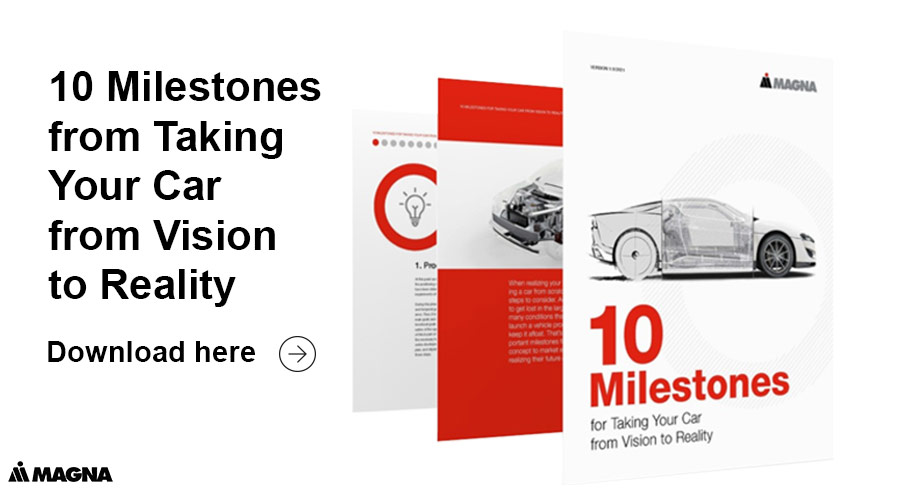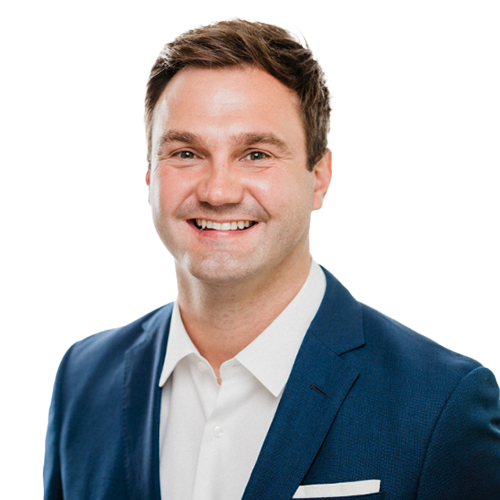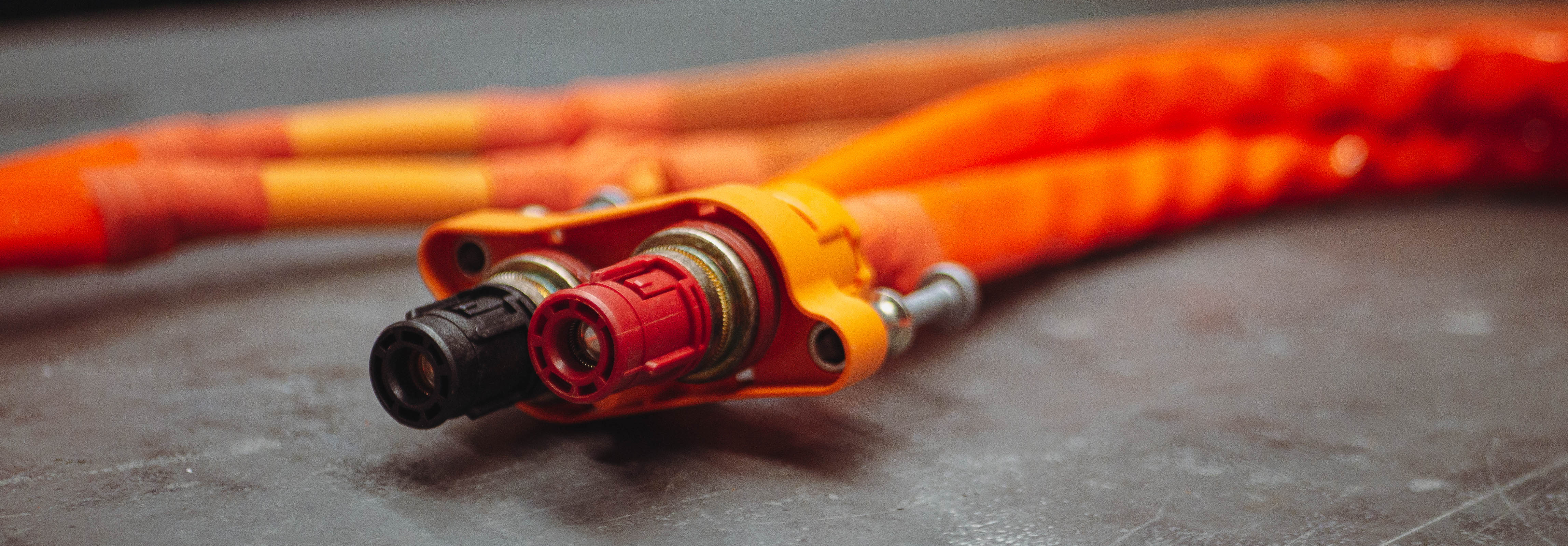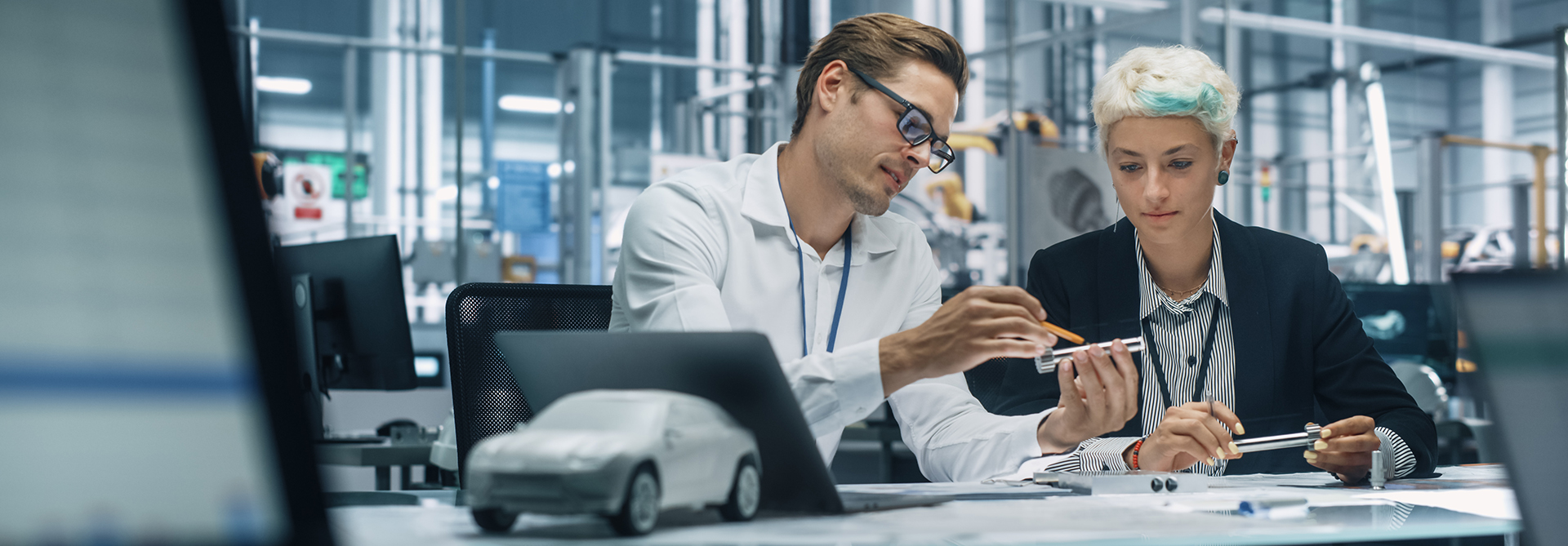Usually conducted as a joint effort between the new entrant and their development and production partner, the feasibility study is the centerpiece of all previous preparatory work. It provides a decisive answer to whether the automotive vision in question is, from a technical as well as commercial perspective, a realistic endeavor.
As an objective measuring tool, the manufacturing feasibility study serves as a complete and definitive overview of all technical and commercial requirements within one concentrated document. The feasibility study is a vital prerequisite for reaching the first milestone of the vehicle development process.
Thus, it's important to start, execute, and conclude it before the concept phase is initiated. A automotive feasibility study benefits new entrants in many additional ways, since it also gives them a complete catalogue of all the tasks and risks of their product vision and serves as a guarantee for potential partners/investors, showing them that the project is worth the money and the potential risk of investment.
Conducting a feasibility study will take a few months to complete depending on the scale of your project and will require a substantial amount of money. In respect to the entire cost of developing a vehicle and the value of the study for the project, this a small but immensely expedient expense.
While a feasibility study encompasses a multitude of smaller and larger tasks, those can be generally clustered into 4 big steps:
Step 1: Confirming The Validity of Your Vision With a Feasibility Study
Before starting with the specific business fields of vehicle development, the product vision will be the first factor to be validated. This encompasses all questions regarding the target market of the vehicle, the ecosystem chosen to develop it in as well as the USP, technical specifications, features, and vehicle variants to be implemented. These will be specified once again and then organized and assessed within the greater development process.
Step 2: Defining Development Targets and Potential Conflicts in Your Feasibility Study
In general, there are five major fields to consider in the vehicle project:
- development,
- production,
- the supply chain (also including the determination of key suppliers),
- product distribution,
- and after-sales management.
Strategies will be determined for these fields and then converted into product targets (objectives and deliverables based on the evaluation of benchmark vehicles) and technical programs (the measures planned in order to reach those objectives). By contrasting these two aspects with each other, potential risk factors and target conflicts can be discovered and solutions for said conflicts can be specified.
Step 3: Determining Technical Specifications for the Base Vehicle
A description of the specifications of the vehicle itself can now be defined based on the previous findings. Those specifications include: the BOM (bill of materials), planned features, styling, and overall layout. After completion of this phase, the first testable prototype (a so-called "mule") can be developed – a hardware plan with all principal hardware required to properly test the prototype is also included within this step. This process is executed in tandem for each planned vehicle variant respectively.
Step 4: Finalizing Planning and Strategies
After every strategy, requirement, deliverable, risk, and solution has been highlighted, the determined timing plans for each business field will be coordinated with and integrated into the greater project schedule. Additionally, a project organization plan for the following concept phase, including technical risks and opportunities of the project, will be created. Finally, the necessary quality planning and a business and finance plan with a detailed estimate of program costs will be provided and changes/potential improvements will be discussed until all involved parties reach a satisfying consensus and the feasibility phase can come to a close.
WHAT'S NEXT?
With the conclusion of the feasibility study, the first large phase of developing a vehicle is dealt with. Now that the product vision has finally and definitely been confirmed, all that‘s left to do before the start of the concept phase is to plan the public unveiling of the vehicle via a show car and the definition and establishment of the brand it will be representing.





